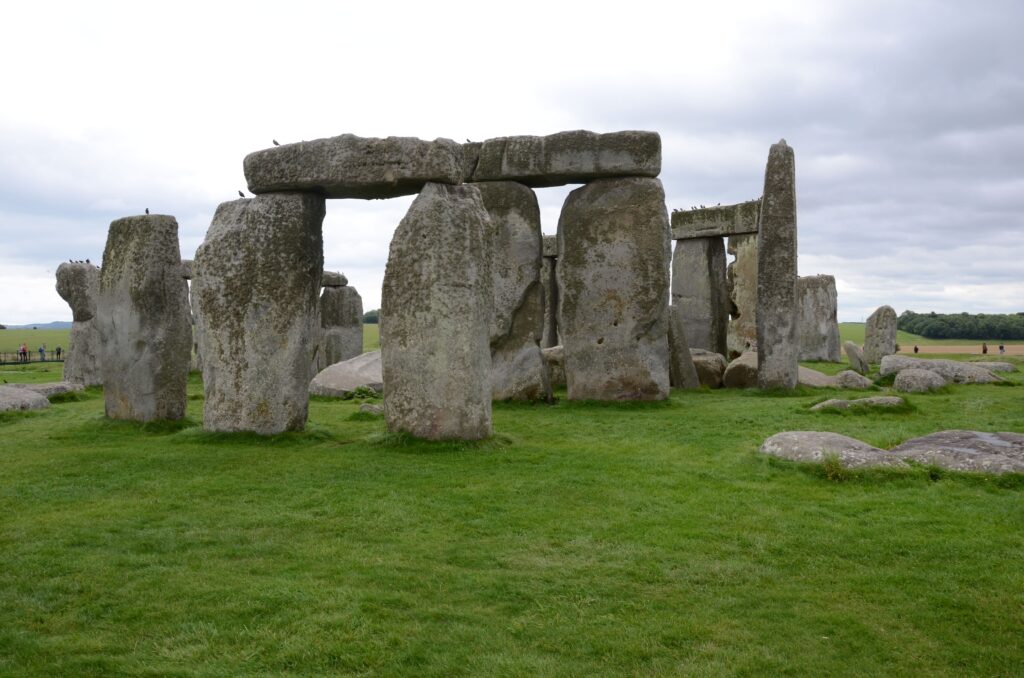Stonehenge is still attracting the attention of scholars and researchers more than four millennia after its building.
An academic study by Politecnico di Milano has proposed a scientific explanation of Stonehenge's original function - debunking some current theories about the mysterious monument from the Neolithic period.
One of the most recent theories to be debunked is that Stonehenge is a giant calendar based on a numerological interpretation of Egyptian and Julian calendars with 365 days and 12 months of the year. According to professor Giulio Magli of Politecnico di Milano and Professor Juan Antonio Belmonte of Instituto de Astrofísica de Canarias and Universidad de La Laguna in Tenerife, this assertion is incorrect.
«All in all, the supposed Stonehenge Neolithic solar calendar is a purely modern construct, with a poor archaeoastronomical and calendrical basis. As repeatedly happened in the past. For example, with the claims (proven untenable by modern research) that Stonehenge was used to predict eclipses, the monument reverts to its role as a mute witness to the sacred landscape of its builders, a role which - Magli and Belmonte stress - in no way detracts from its extraordinary fascination».


In their article, published in Antiquity, one of the most prestigious scientific journals in archaeology, the authors demonstrate that the theory is based on a series of forced interpretations of the monument's connections to astronomy.
Firstly, Magli and Belmonte analysed the astronomical element. Although the solstice alignment is accurate, the authors show that the slow movement of the sun on the horizon on days close to the solstices makes it impossible to ascertain the correct functioning of the supposed calendar, as the structure, made up of huge stones, should be able to distinguish very precise positions, less than 1/10 of a degree.
Secondly, they analysed the numerology. Attributing meanings to numbers on a monument is always a risky procedure. In this case, a key number of the supposed calendar, namely 12, can not be found in any element of Stonehenge, nor can any means of accounting for the additional intercalary day every four years. While other numbers are not taken into account - the Stonehenge portal, for example, was made of two stones.
Finally, they looked at the cultural patterns. An early elaboration of the 365-day plus one calendar is documented in Egypt only two millennia after Stonehenge (and came into use centuries later). Therefore, although the people who built it took the calendar from Egypt, they perfected it themselves. Furthermore, they also invented a structure to keep track of time, as nothing similar ever existed in ancient Egypt. Finally, a transfer and elaboration of notions with Egypt that took place around 2600 BC have no archaeological basis.